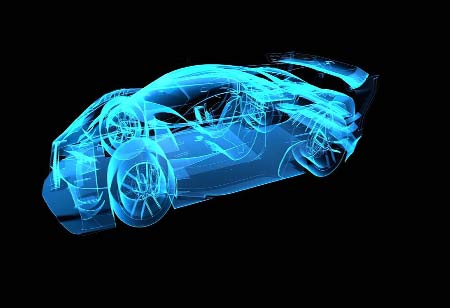An electric vehicle driver in Moreno Valley reduced CO2 emissions by over 177,758,804 kg, as reported in this report.
Fremont, CA: Electric vehicles (EVs) are a growing trend in the 21st century that can help solve one of the most challenging problems of the century, climate change. Electric vehicles do not emit pollutants, which is a consequential benefit. An electric vehicle driver in Moreno Valley reduced CO2 emissions by over 177,758,804 kg, as reported in this report.
Improved Battery Technology
In the last ten years, battery technology has advanced significantly, with battery prices for lithium-ion batteries falling by 85 percent between 2010 and 2018. In the last ten years, the range of electric vehicles has increased by about 17 percent per year due to battery technology. What does this signify? EV ranges are already exceeding those of fuel cars in some high-end models.
Reduced cobalt usage in lithium-ion battery production may lead to significant improvements in the short term. A recent announcement by General Motors and Tesla claims that lithium-ion batteries will allow EVs to match the cost of fuel vehicles by 2025.
Battery Swapping
Users can swap batteries to keep their vehicles running by using battery-swapping technology. In a swapping station, multiple batteries are constantly charged at a particular location. In addition to replacing the depleting battery with a charged one, people who own EVs can put the empty battery on charge and continue driving.
Electric Vehicle Battery Technology
Below are the ways to build a roadmap for growth:
• Using standardized battery technology: The design elements of standardized batteries, such as the pack size, the cavity, and the control unit for the electric voltage, can be standardized to facilitate battery swapping.
• Recycling-friendly designs make swapping batteries possible. With recycled materials, the batteries of these EVs can be manufactured and then recycled, which will greatly reduce the unit cost of these electric vehicles.
• BaaS, aka Battery as a Service:
• As with LPG and petroleum stations, batteries need to be treated as a service segment. It is possible to explore more financially feasible solutions through the use of financing models and standardized operating procedures for energy operators.
• Devising a subscription model for Battery Swapping: In order to gain the trust of EV owners, subscription-based battery swapping services can be made available at a subscription-based model.
Innovative technology is well-positioned to make EVs the next big thing in the automobile industry. Gas cars will lose their competitive edge as battery technology improves. Make a difference in the world by stepping into the field!

 Copyright © 2025 AutoTech Outlook. All Rights Reserved | Privacy Policy | Subscribe | Sitemap | About us | Feedback Policy | Editorial Policy
Copyright © 2025 AutoTech Outlook. All Rights Reserved | Privacy Policy | Subscribe | Sitemap | About us | Feedback Policy | Editorial Policy